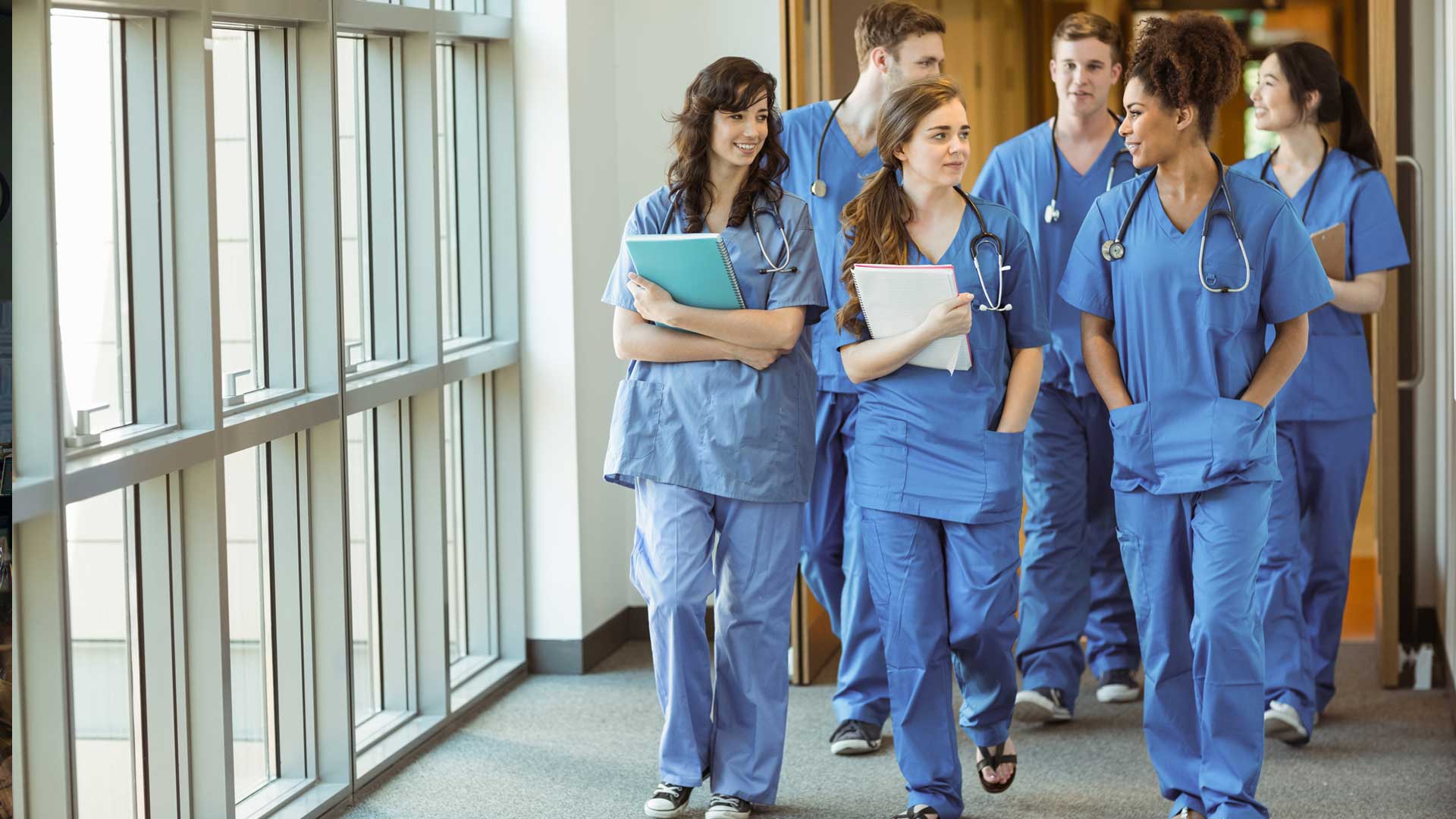Augmented Reality (AR) and Virtual Reality (VR), together referred to as Mixed Reality, are incredible tools that can enhance education. There is an abundance of published literature that suggests as much. AR and VR provide an immersive experience that can efficiently accelerate the acquisition of skills and knowledge in students. The ubiquity of cell phones and tablets, combined with a significant increase in the computational power they possess, make augmented reality more accessible than ever. Investments and forays by large technology companies into the space of virtual reality have begun to lower the barriers to entry for VR experiences as well.
Students who are more engaged tend to absorb more information, and activity and practice have long been shown as more effective than the written page [alone] in terms of retention. However, due to issues such as location, cost, material scarcity and safety concerns, these valuable hands-on learning experiences can be scarce. The digital nature of both augmented reality and virtual reality can enable these hands-on experiences with low overhead in a repeatable and often cost-effective fashion. So, where does Mixed Reality fit into medical education?
Traditionally, medical artists have created 3D renderings of organs, bones and other physiological anatomies. These have been mass produced as simple plastic models, and cost and logistics generally prohibit a classroom from having one for every student. More recently, libraries of 3D content have been created and have led a 2D existence in programs that can be run on a computer, tablet or phone. Augmented Reality brings those models out of the device so that they can be viewed from every angle as if they were directly in front of students. These models are impressive and useful, but they are generic and not fully accurate depictions developed from actual subjects.
In order to experience real organs and anatomies, students need to spend time with a human cadaver or 3D prints of specimens that have been created from segmentation of MRI/CT scans or via a 3D scanner. Time in the lab is precious for medical students; a digital library of real 3D anatomies viewable in Augmented Reality allows students to bring the lab with them in their pocket. Digitized specimens can be widely distributed and experienced by students across the world and they are a less expensive alternative to 3D printing multiple copies when visual learning is sufficient.
3D scanners can bring a new level of realism and detail to the study of organs. You can see in these videos the high level of detail; both the brain and the heart are in full augmented reality using only a cell phone and the MedReality app. There are a number of 3D scanners available on the market; these 3D scans were taken using MedCreator.
Learning #3D #anatomy of the #heart should be available to any user on any device where the learner is. @MayoRadiology @joemaleszewski & @MedRealityApp are making that possible. #CardiacPath #cardiology #heart #AR #AugmentedReality #Virtual #XR #medtwitter #cardiotwitter pic.twitter.com/7ljNqwPaZf
— Jay Morris (@JayMorris_MD) December 17, 2020
As a #medical #educator the need for #pathologic specimens is essential. @MedRealityApp & @MayoRadiology @MayoClinicPath @joemaleszewski can teach #anatomy anywhere we are on any device. #AugmentedReality #VirtualReality #Mixedreality #Neurosurgery #MedEd #medtwittter #brain pic.twitter.com/1XRSWKZ5Th
— Jay Morris (@JayMorris_MD) January 4, 2021
